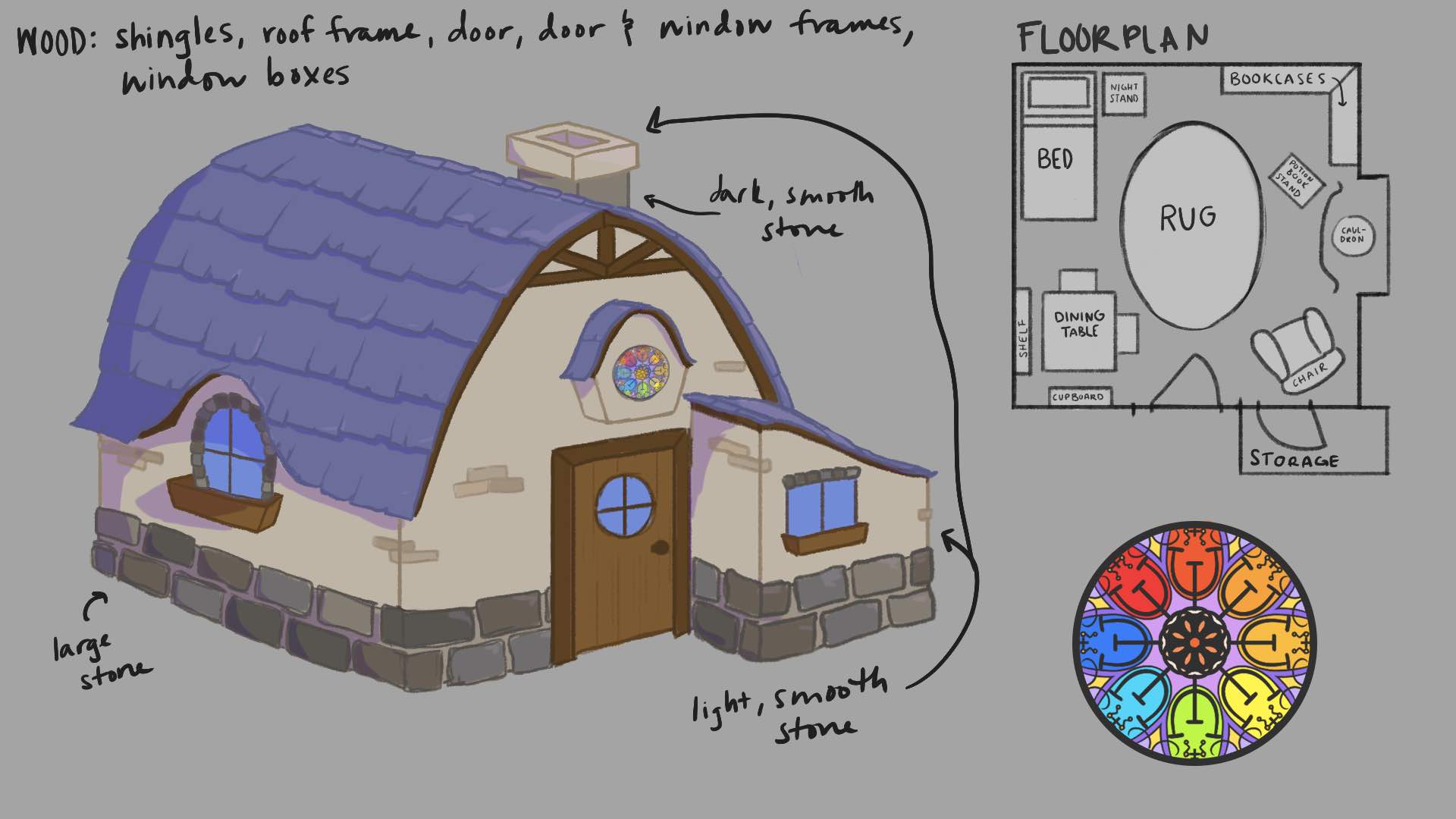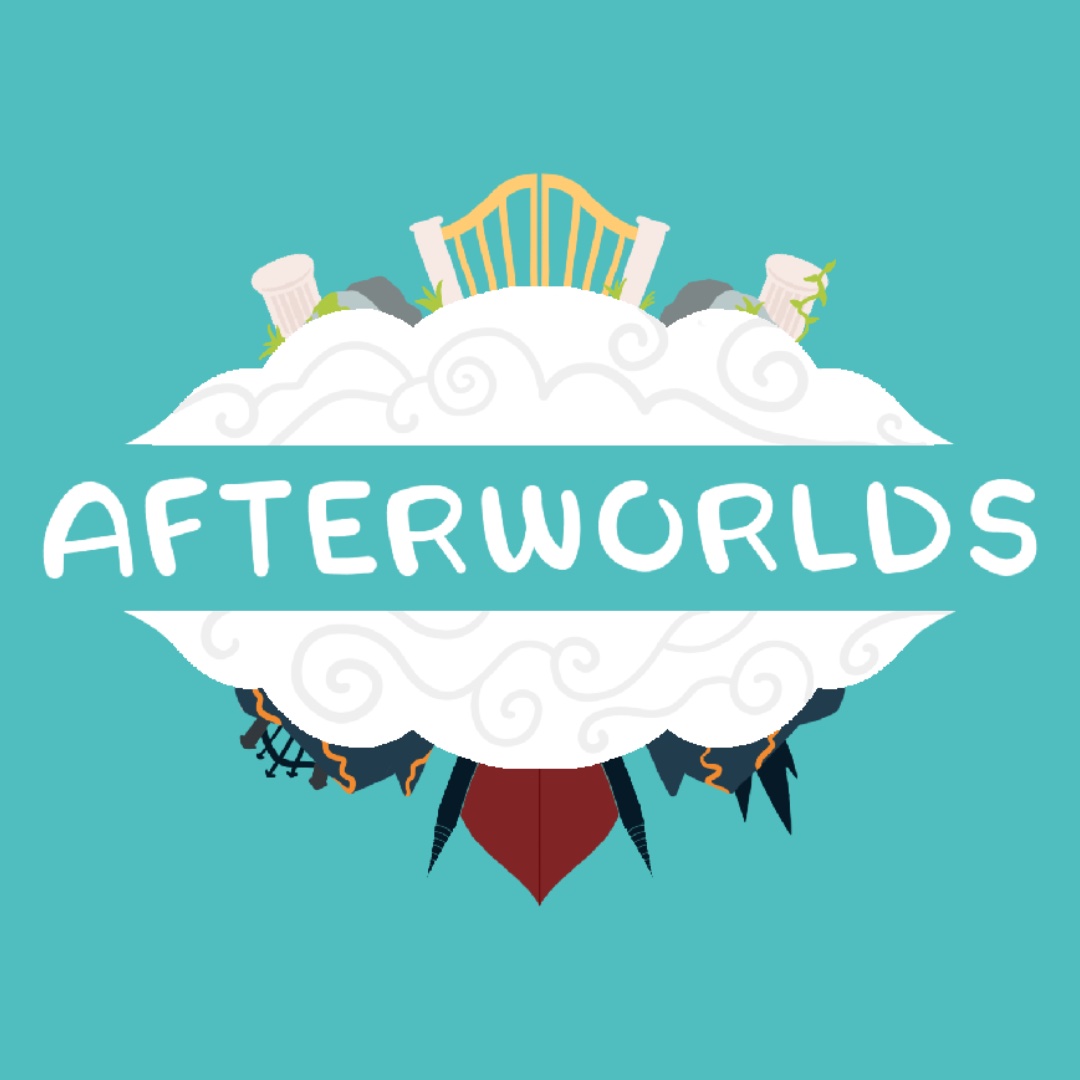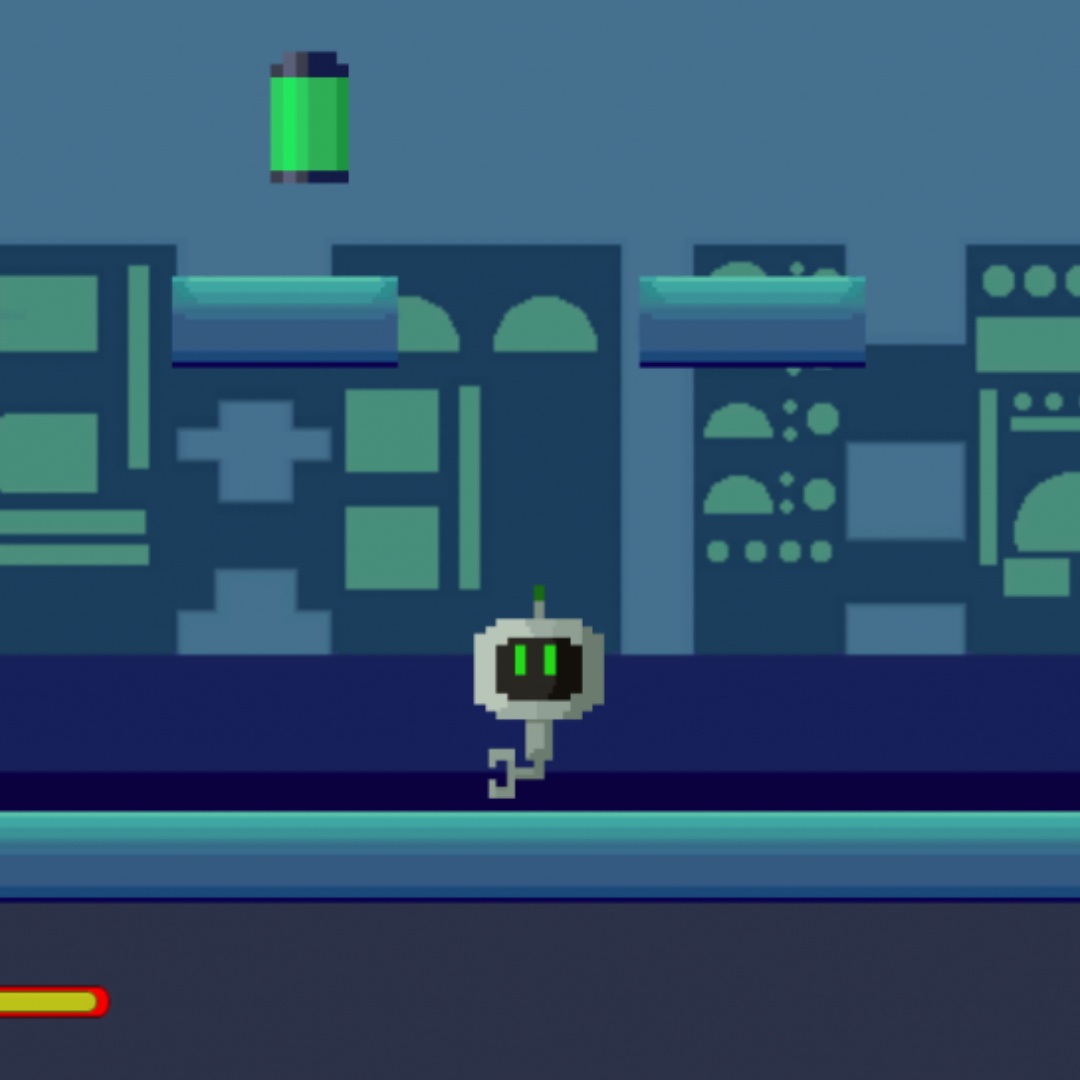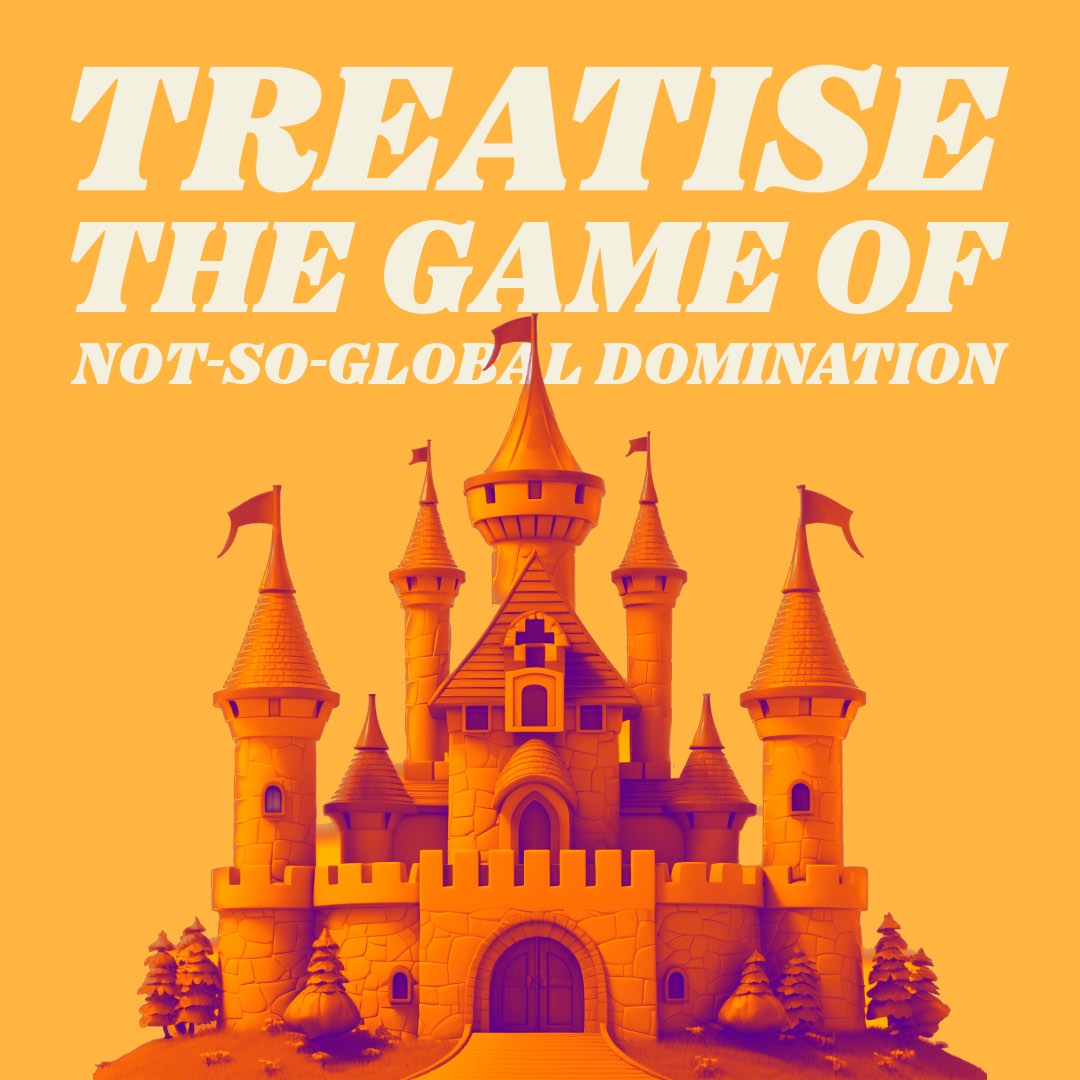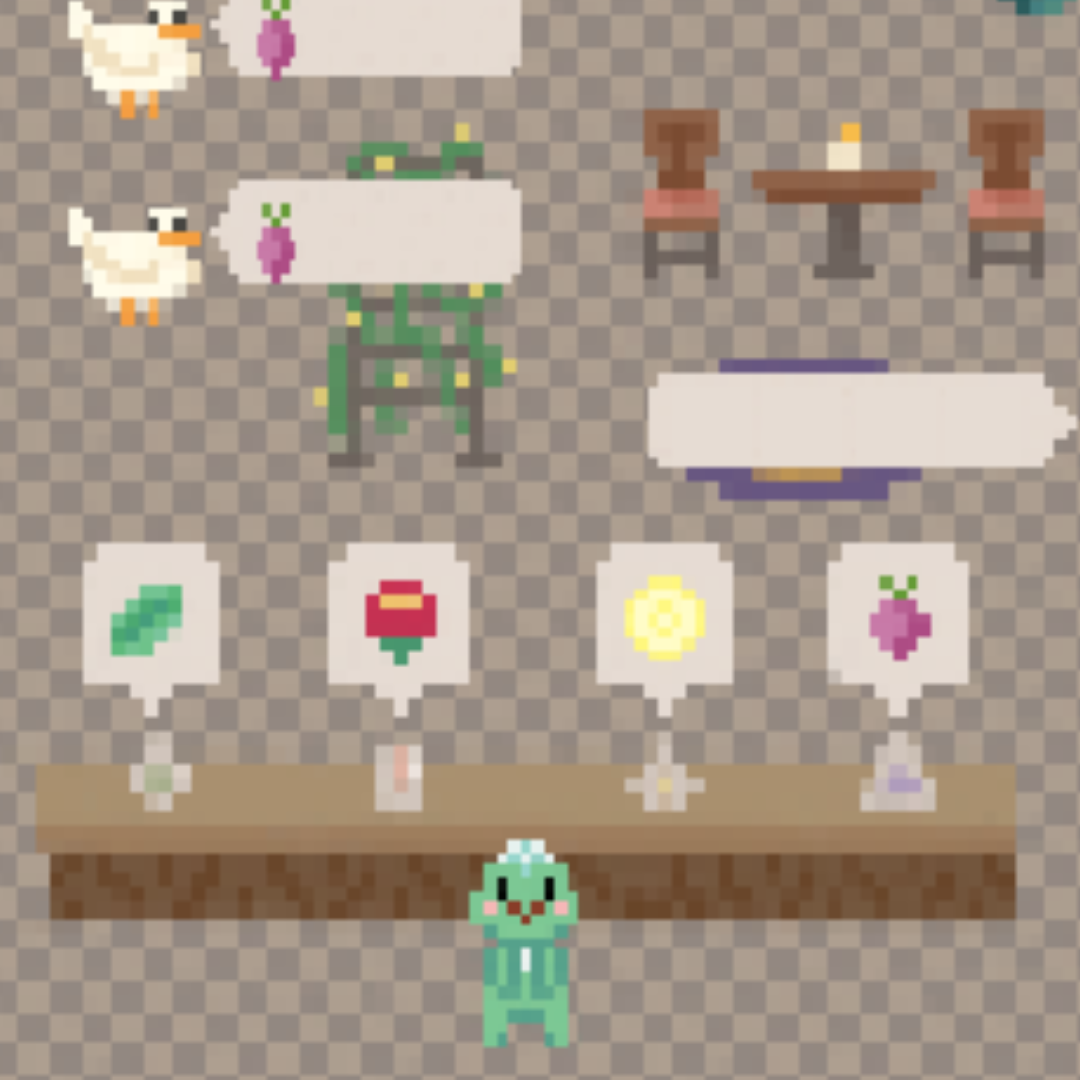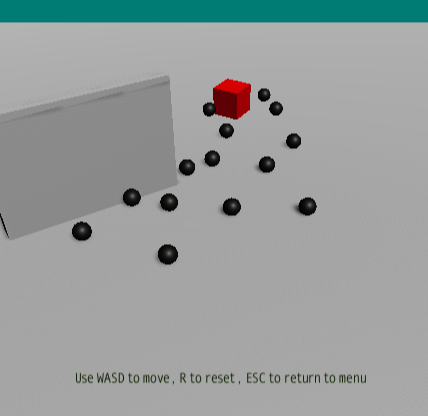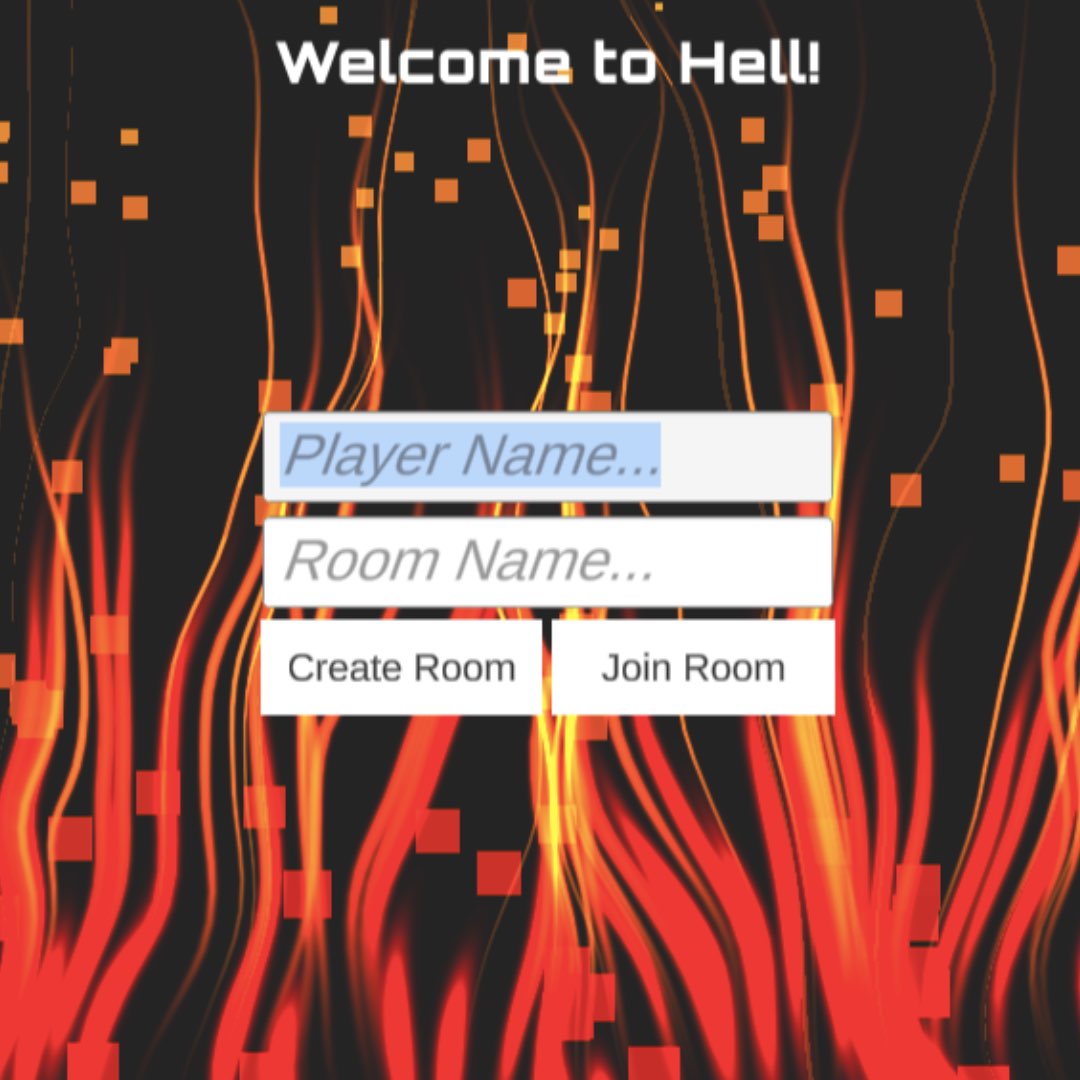My name's Devin (she/her), and I am a game developer and artist with a degree in Simulation Science,
Games, and Animation from Embry-Riddle Aeronautical University. I also have professional experience in graphic design, web development, and customer service.
I make games to contribute to what I believe is an incredibly powerful and significant art medium and industry. Game theory and design are my driving passions,
and I look ahead to a lifetime of growth and learning in this field.
When I'm not making games, I'm playing them - I'm a big fan of The Legend of Zelda series, indies like Hades and Hollow Knight, and classics
like the Sims 2 and Super Smash Bros.
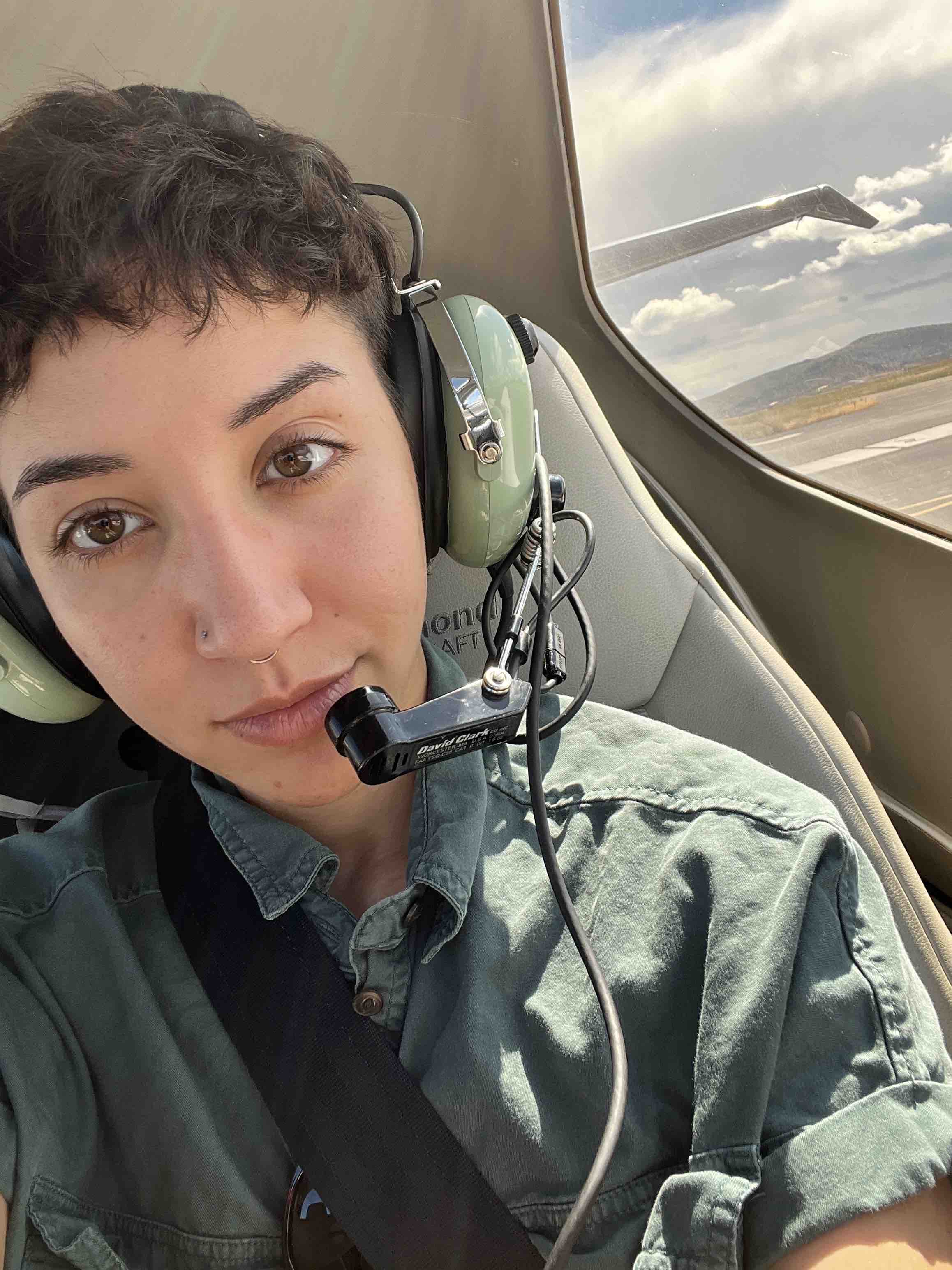
Duration: 10 Months | Team size: 3 | Platform: PC | Engine and tools: Unity, C#, Maya
For my senior capstone project, my two teammates and I created Tiny Planet Apothecary, a task-driven
potion making and exploration game set on a very small planet in a star system full of magic. The player controls a human character of their
own design, and explores the different areas of their little home planet, collecting different ingredients to farm and craft potions with. On their journey,
they are accompanied by Tako, an octopus and potions master looking for his lost family.
Duration: 4 Days | Team size: 5 | Platform: PC | Engine and tools: Unity, C#
Afterworlds is a puzzle game my classmates and I created for the Tri-Annual Game Jam hosted by San925 on itch.io. In accordance with the jam theme "you are your enemy", our game has the player play both a devil and an angel, tasked with working together to solve puzzles in parallel worlds (aptly themed as heaven and hell). DOWNLOAD AND PLAY IT HERE!
Duration: 3 Days | Team size: 14 | Platform: PC | Engine and tools: Unity, C#, Adobe Photoshop
In January 2020, our program hosted a Global Game Jam site through the club I helped found, C-RAD (which
stands for Computer Rendering, Art, and Design). That year, the jam theme was "Repair", so we created Factory Reset - a platformer where
you play a recently-awakened robot in the basement of a factory. The player is tasked with collecting batteries to repair the factory and rediscover the surface world.
SEE OUR JAM SITE AND DOWNLOAD THE GAME HERE!
Board Game Development | Duration:
One of the best courses I took in college was our game design lab, where we learned about game structure, prototyping, and the elements of game design,
as outlined in Tracy Fullerton's Game Design Workshop. To this day, I reference this book
whenever I want to dig deeper into game design fundamentals or revisit an exercise.
As the final project
for this class, I created Treatise: The game of not-so-global domination, a game that asks: what if Risk was a gameshow?. In this
"strategic game of wits", players battle for territories by answering generic trivia questions or completing silly tasks.
My inspirations for Treatise were the likes of Jackbox Games, Japanese game shows, this clip of Blake Griffin on The Tonight Show, and the absurdity of New Girl's True American. Using these to ground the "feel" of my game, I developed the first paper prototype, complete with detailed instructions, handwritten index card questions, and various office supplies pretending to be meeples.
After the initial planning phase, Treatise underwent three revisions, guided by structured playtests. Each phase of the playtesting process focused on a single concept, which provided a framework for what kind of questions to ask the playtesters. For each playtest I created a script, took notes on my observations during the test, and documented the changes I planned on making to the prototype based on the playtest results.
Description of phase one playtest
Treatise Rules Version 1 | Playtest Notes
Description of phase two playtest
Treatise Rules Version 2 | Playtest Notes
Description of phase three playtest
Treatise Rules Version 3 | Playtest Notes
Developing Treatise was one of the most rewarding experiences during my undergraduate program. Watching people play and enjoy a game I had
lovingly crafted solidified my resolve to work in game development, and sparked what I hope to be a lifelong journey into the study of game design. I hope to one
complete the development of this game and publish it in some form.
Treatise Rules Version 4 |
Challenge Cards |
Player Kingdom Cards
Duration: 1 Semester | Platform: Oculus Rift | Engine and tools: Unity, C#, Oculus Quest 2
Virtual Reality Game Systems was one of the courses I took in college. We were povided with an Oculus Rift VR headset for the semester, and learned
how to develop games for VR using Jonathon Linowes'
Unity 2020 Virtual Reality Projects
. We were also tasked with weekly research assignments, which of course meant finding and playing VR games. In all, the class
provided valuable experience in programming for VR environments, and gave us the opportunity to find appreciation for the nuance in VR development and immense possibility in VR gaming.
All of these projects use Unity's XR Interaction toolkit and were built
as Android builds, which can be downloaded and side-loaded to a VR headset.
This is a simple VR diorama scene - and my first ever VR project! I think the most interesting part about creating this was working with the volumetric effects
to create a sense of depth.
DOWNLOAD THE PROJECT HERE
Color Match and Trails are simple VR game modes used to demonstrate UI in virtual reality and hand-based controls.
In Color Match, rotate your head on all three axes to try to match the color swatch. In Trails, use
the triggers on the controls to create colorful trails of particles.
DOWNLOAD THE PROJECT HERE
This is a simple VR scene demonstrating gaze-based controls. I'm not keen on playing horror games, but I can appreciate the power of horror in VR. This may be too
silly to really qualify as scary, but enter the hall of statues and see for yourself!
DOWNLOAD THE PROJECT HERE
Duration: 1 Month | Team size: 2 | Platform: iOS, Android | Engine and tools: Unity, Unity Remote 5, C#
One of my favorite courses in college was Human Computer Interactions, a software engineering course that taught the fundamentals of user experience design. The final project for this class was to create an application of our choosing - my partner and I chose to make Tea Frog, a hyper-casual mobile game about a little frog running a tea shop. You can read our full report on the development of our project here.
Duration: 3 Semester | Platform: Web Builds, PC | Engine and tools: Unity, C#
During my bachelors program I took courses in game development, game engine architecture and artificial intelligence for games. These courses introduced me to common programming patterns, their use cases, and their flaws. Below are some of the assignments I completed for these courses - though simple, they helped build my foundational understanding of patterns and their importance in writing clean, readable, reusable code.
This is a singleton event bus as demonstrated by David Baron supplemented by Nystrom's event queue. The event bus offers a way to decouple listeners and consumers by providing a broadcasting system for them to communicate with.
This is a simple implementation of goal oriented behavior in a game character, adapted from Ian Millington's AI for Games. (As a big fan of the Sims franchise, learning the how sim-like behavior is structured was a cool experience).
This is a demonstration of the abstract factory pattern as described by Gary Woodfine. The abstract factory allows you to produce groups of objects without directly naming their specified classes. Need help deciding what to eat? Give it a try!
This is a simple demonstration of the prototype pattern as described by Gary Woodfine. The pattern serves as a way to clone exisiting objects that would otherwise be costly to instantiate from scratch.
This is a collection of dynamic steering behaviors based on Ian Millington's AI for Games.
Duration: 1 Semester | Platform: Web builds | Engine and tools: Unity, C#, PlayFab, Photon
As part of my degree program I took a course in multiplayer systems that taught us how to use Microsoft's Azure PlayFab to create multiplayer experiences and leaderboards. The course also explored multiplayer game principles (e.g. networking options) and RPG game mechanics. Check out some of the projects I completed for this class below.
This is a simple game with a user authentication system and cloud based leaderboard. The project uses Microsoft's Playfab to manage users and the leaderboard. Hit Play to start. Hit the spacebar to drob a slab. Try to stack as many slabs as you can before time runs out!
This is a multiplayer battle royale game (not to be confused with Fortnite). The project uses Photon Engine and Unity PUN2 networking framework. Use arrow keys or WASD to move, space to jump, and point and click to shoot. Collect ammo boxes or healing packs, and fight to be the last one standing!
This is a multiplayer game created by following a Zenva tutorial. Use arrow keys or WASD to move and space to jump. The winner is whoever is wearing the hat when the timer runs out!
For many of our game development assignments, we were tasked with taking the weeks' lesson and creatively modifying it (often with very silly results). Le Patate was my spin on the Le Chapeau lesson - fundamentally very similar, but with a hot potatoe-y twist!
Tools: Adobe Photoshop, Adobe Illustrator, Procreate
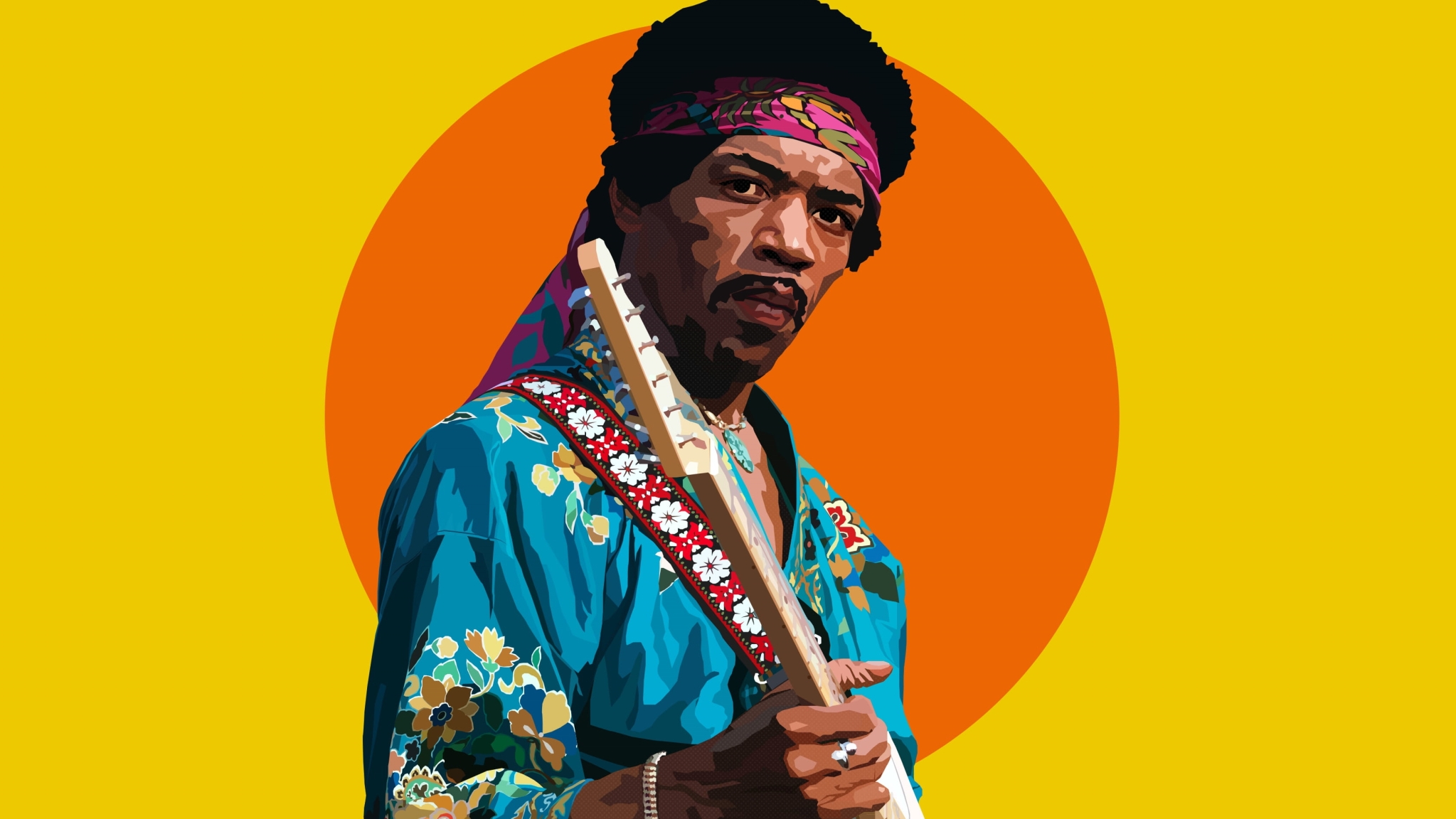
Jimi Hendrix at Newport Pop Festival, 1969 - Pop Art Portrait - Adobe Illustrator, February 2019
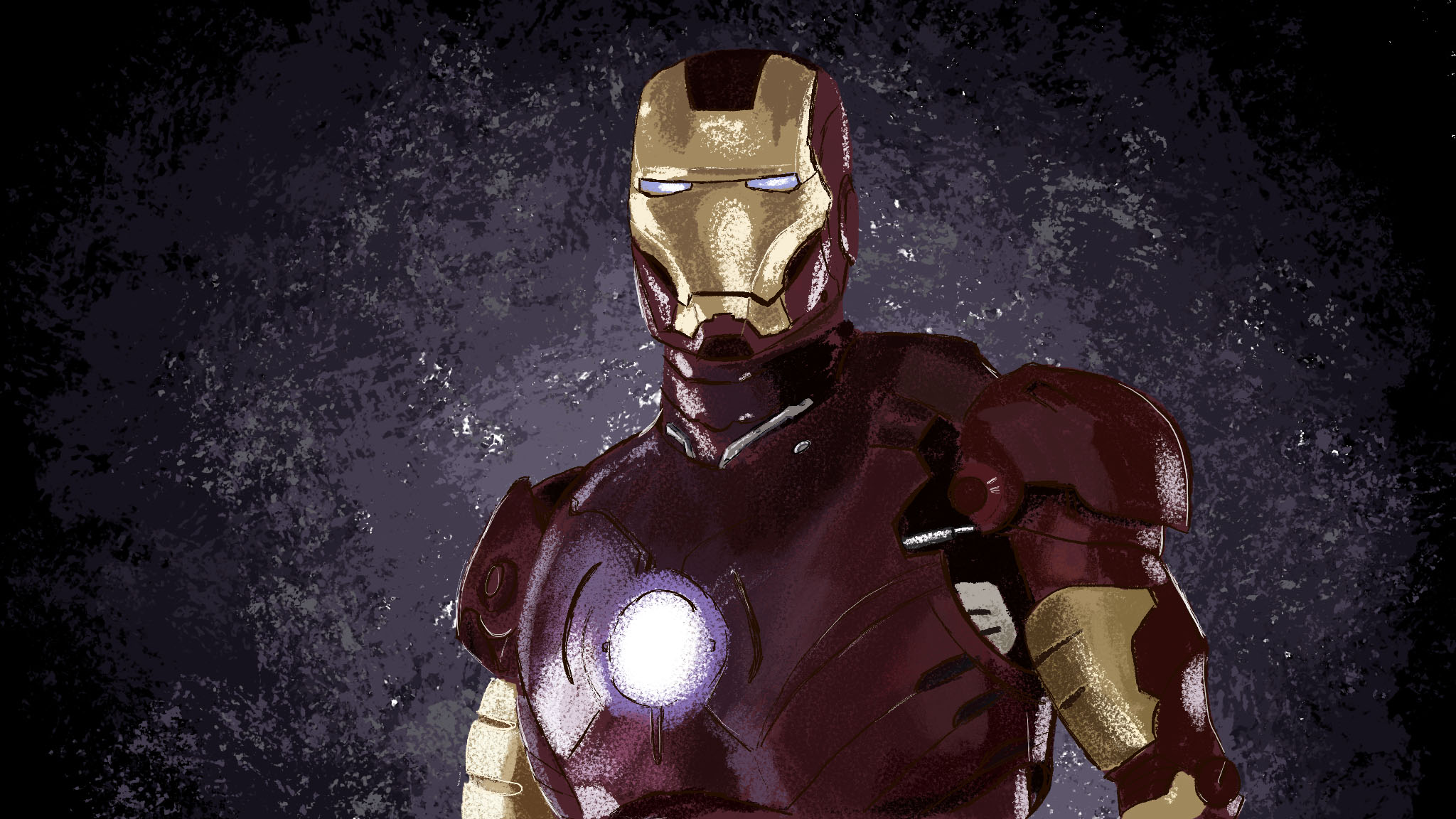
Iron Man - Digital Illustration - Adobe Photoshop, January 2019

Jack Torrance - Typography Portrait - Adobe Illustrator, February 2019
Tools: Maya, ZBrush, Substance Painter, Adobe Photoshop

Witch - Organic Sculpt - ZBrush, May 2019
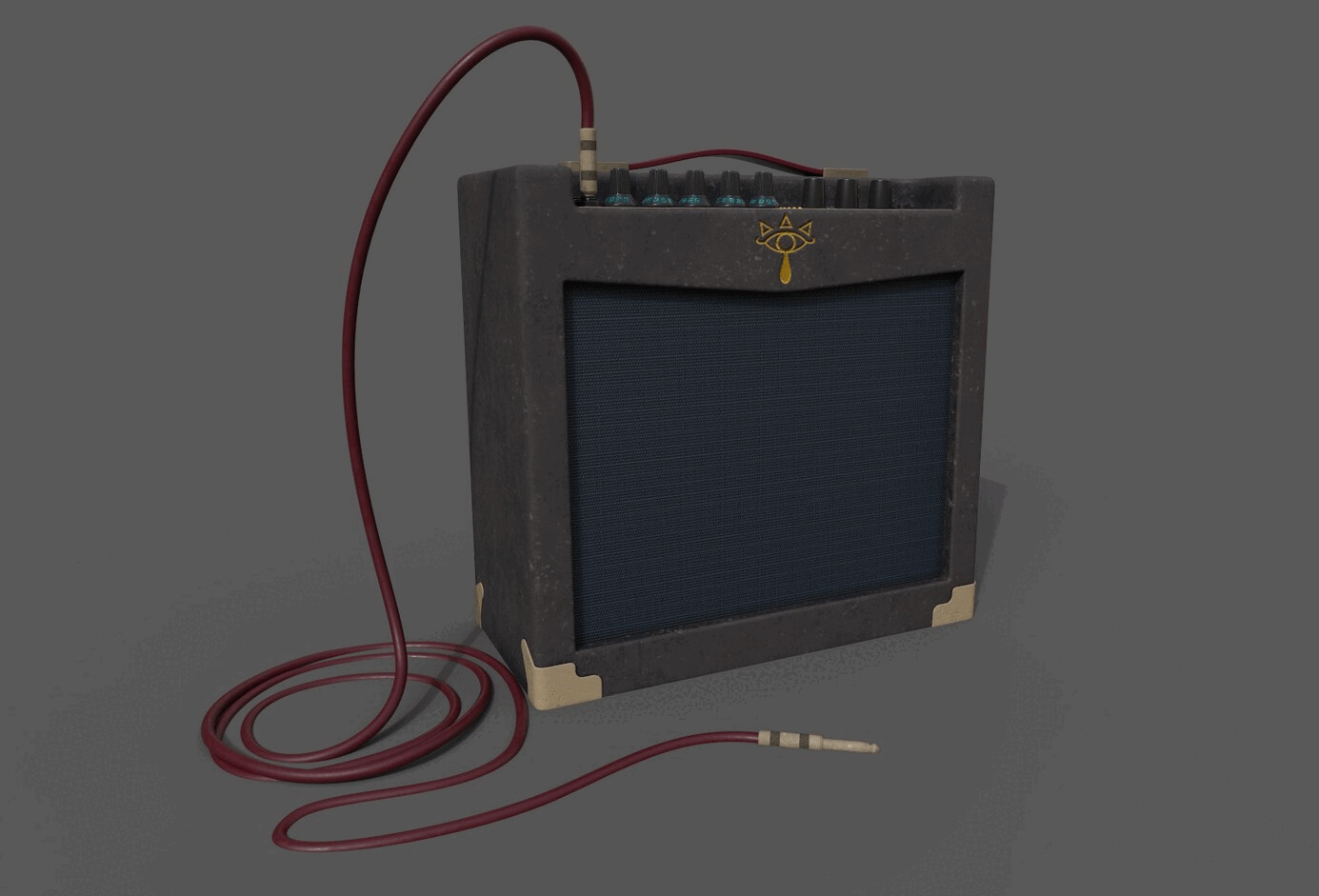
Breath of the Wild Amp - Texture Creation - Substance, February 2020
